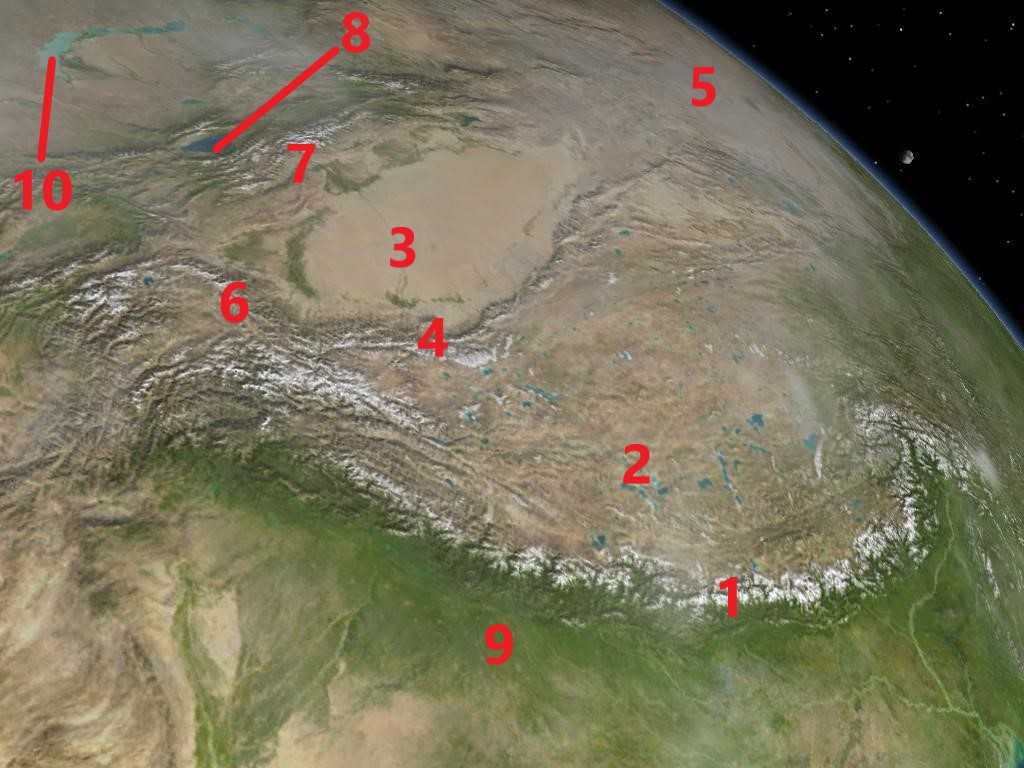
The Rooftop of the World Trivia Quiz
Central Asia has long been known as the 'rooftop of the world'. With its towering mountains and immense beauty, I can't dispute this. Test your knowledge of this area and the geographical features in it.
A label quiz
by LeoDaVinci.
Estimated time: 3 mins.
- Home
- »
- Quizzes
- »
- Geography Trivia
- »
- Asia
